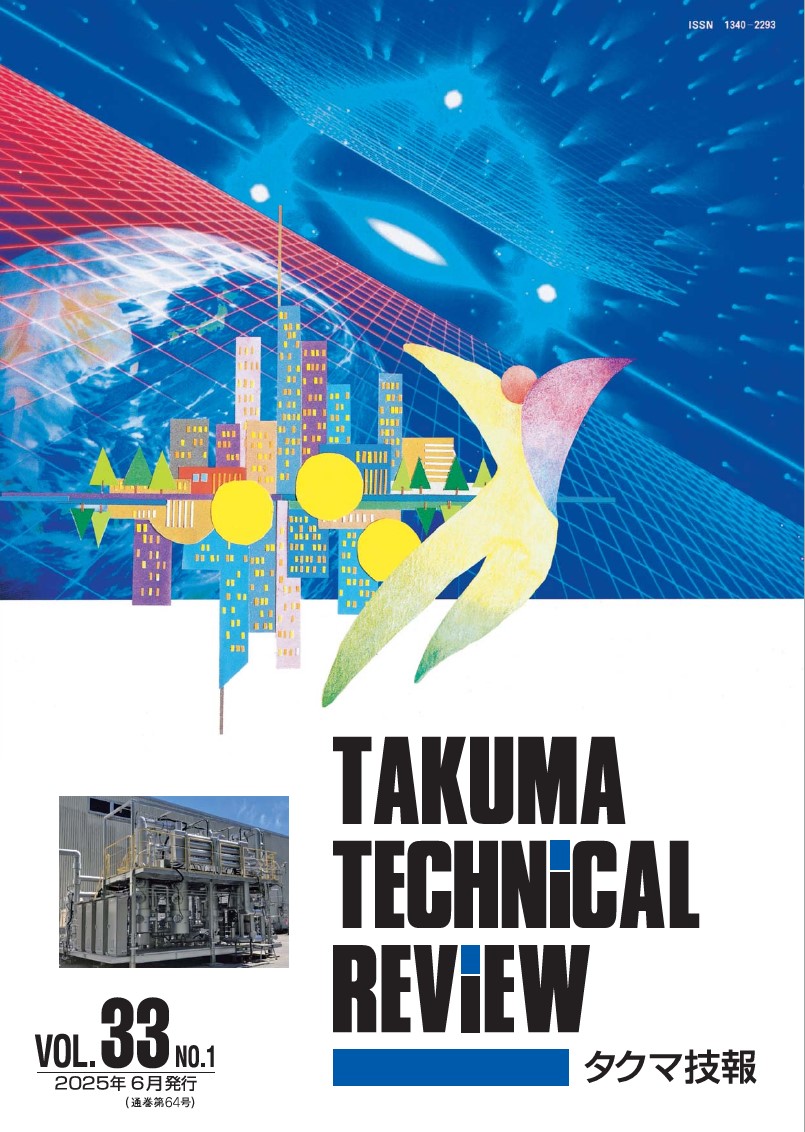

(Abstract)
As technology development and business development are consistently linked, it is necessary to approach business development from a variety of perspectives and ideas, ultimately taking into account the service life of the customersʼexisting infrastructure and facilities and the limits of acceptable energy prices. This paper outlines the history of LNG, in which general trading companies played a considerable role, and compares ammonia, liquefied hydro- gen, and LOHC, which are major hydrogen carriers that Japan is considering importing. It also describes the positioning of BECCS and DACCS using e- fuel and carbon removal technology from a long- term perspective. Decarbonization in Japan must be promoted under very strict conditions due to climatic conditions and land use restrictions. As has already happened in Europe, batteries alone cannot cope with storing power in the event of a surplus of renewable energy power. Therefore, it is necessary to recognize once again that hydrogen is a means of long- term storage of large amounts of energy. FCEVs and stationary fuel cells, in which Japan excels, are just one of the applications for the end use of hydrogen and will continue to face intense competition due to further increases in battery current density and lower costs.
(Abstract)
In order to achieve carbon neutrality by 2050, it is essential to capture and recover CO2 from its emission sources, such as combustion exhaust gas, and to store and fix it. The chemical absorption method is suitable for capturing and recovering CO2 from combustion exhaust gas with a relatively large gas volume and low CO2 concentration. However, the issue is that a large amount of thermal energy is consumed in the CO2 regeneration process. This paper reports on an on- site demonstration test of energy- saving carbon dioxide capture and recovery technology using a new non- aqueous absorption liquid that is capable of recovering CO2 at a low calorific value.
(Abstract)
We have developed a method to predict boiler steam flow rate using the O2 concentration of combustion gas measured in real time with a laser flue gas analyzer installed at the combustion chamber outlet and the combustion air flow rate supplied to the furnace. This method is simpler than conventional methods. The boiler steam flow rate predicted by this method can detect fluctuations 4 to 6 minutes ahead of the actual measured values, as with the conventional method. We used the predicted boiler steam flow rate by this method for automatic combustion control of a municipal waste incineration plant. As a result, we were able to reduce the boiler steam flow rate fluctuation by about 40% compared to the case using the measured boiler steam flow rate. The result was equivalent to the case of using the predicted boiler steam flow rate by the conventional method. In addition, we used the predicted boiler steam flow rate to the control of the recirculation gas flow rate for the exhaust gas recirculation system. As a result, we were able to control the fluctuation of the generated NOx concentration and reduce the ammonia water used in the catalytic denitration system by about 25% compared to the case without recirculating gas flow rate control.
(Abstract)
In August 2024, we delivered a Waste- to- Energy Plant to SANKO Co., Ltd. This plant not only incinerates waste but also recovers the heat of combustion, and generates electricity up to 1,950 kW with a steam turbine generator. The generated electricity covers the electric load for SHIOMI KOMBINAT, including this plant and existing facilities, and the surplus electricity is supplied to the surrounding area. In addition, this plant supplies hot water to attached aquaculture facility by using the heat of steam turbine exhaust. This paper reports on the outline, characteristics, and operation performance of this plant.
(Abstract)
The Nishichita Clean Center is a domestic waste treatment facility built on the same site as the Chita City Clean Center, an existing facility in the city of Chita. This facility was renewed by integrating facilities in the cities of Tokai and Chita in anticipation of the end of the service life of the existing facilities in both cities, based on the plan to promote centralized waste treatment set by the national and prefectural governments. Based on the basic policy for facility renewal, including promoting development of a recycling- oriented society and safe and stable waste disposal, the facility was built with a high- efficiency waste power generation system and enhanced disaster prevention functions, and was completed in June 2024.This paper reports on the characteristics of this facility, the results of the performance tests for delivery, and the operation status.
(Abstract)
We have delivered an energy- saving and energy- creating sewage sludge incinerating power generation system, which combines a sewage sludge incineration system and a steam power generation system using waste heat from incineration, to the Seibu Sludge Center in the city of Sapporo. Following the completion of the new system 1 incineration plant in August 2021, the new system 2 incineration plant was completed in March 2024 and is operating stably while meeting the required performance. Combined with a dryer, a step grate stoker furnace, a waste heat boiler, or a steam generator, this system can drastically reduce purchased electricity due to low power consumption and steam power generation without using auxiliary fuel for sludge incineration. In addition, since this system is capable of incinerating the sludge at high temperatures above 900℃, emissions of N2O, a greenhouse gas, can be drastically reduced. That is, it is a sewage sludge incinerating power generation system that can save energy, create energy, reduce running costs, and reduce greenhouse gas together.